Rise of Educational Board Games
The Board Games Market is witnessing a significant rise in the popularity of educational board games, which combine entertainment with learning. Parents and educators increasingly recognize the value of games that promote critical thinking, problem-solving, and social skills. This trend is reflected in market data, which indicates that educational board games account for a growing share of overall sales, with an estimated increase of 15% in this segment over the past year. The integration of educational themes into traditional gameplay not only attracts families but also encourages schools to incorporate board games into their curricula. As a result, the Board Games Market is likely to expand further, appealing to a demographic that prioritizes both fun and educational value.
Influence of Pop Culture and Media
The Board Games Market is significantly influenced by trends in pop culture and media, as popular franchises and characters often inspire new game designs. Collaborations with movies, television shows, and video games create a synergy that attracts fans and broadens the market appeal. Data indicates that licensed board games have seen a sales increase of approximately 25%, as consumers are drawn to familiar themes and narratives. This phenomenon not only boosts sales for established franchises but also encourages innovation within the industry, as designers seek to create engaging gameplay experiences that resonate with fans. Consequently, the Board Games Market is likely to continue evolving, driven by the dynamic interplay between entertainment and gaming.
Expansion of Online Retail Platforms
The Board Games Market benefits significantly from the expansion of online retail platforms, which provide consumers with unprecedented access to a diverse range of products. E-commerce has transformed the way board games are marketed and sold, allowing niche titles to reach broader audiences. Data suggests that online sales of board games have increased by over 30% in recent years, driven by the convenience of home delivery and the ability to compare prices easily. This shift not only enhances consumer choice but also enables smaller publishers to enter the market without the need for extensive physical distribution networks. Consequently, the Board Games Market is poised for continued growth as online platforms facilitate the discovery of new games and foster a vibrant community of enthusiasts.
Increased Interest in Social Interaction
The Board Games Market experiences a notable surge in demand as individuals seek avenues for social interaction. This trend is particularly pronounced among younger demographics, who often prefer face-to-face engagement over digital alternatives. The rise of board game cafes and community events fosters a culture of shared experiences, enhancing the appeal of traditional gaming. Market data indicates that the sales of board games have increased by approximately 20% in the last year, reflecting a growing preference for offline entertainment. This shift towards social gaming not only revitalizes interest in classic titles but also encourages the development of new games that emphasize collaboration and interaction. As a result, the Board Games Market is likely to continue thriving as it aligns with the evolving preferences of consumers who value personal connections.
Growing Interest in Strategy and Complexity
The Board Games Market is experiencing a growing interest in games that emphasize strategy and complexity, appealing to a more discerning audience. As consumers seek deeper gameplay experiences, the demand for intricate mechanics and thematic depth has surged. Market data suggests that strategy games have seen a sales increase of around 18%, reflecting a shift in consumer preferences towards more engaging and thought-provoking titles. This trend encourages designers to innovate and create games that challenge players intellectually, fostering a community of enthusiasts who appreciate the nuances of gameplay. As a result, the Board Games Market is likely to thrive as it caters to this evolving demand for sophisticated gaming experiences.


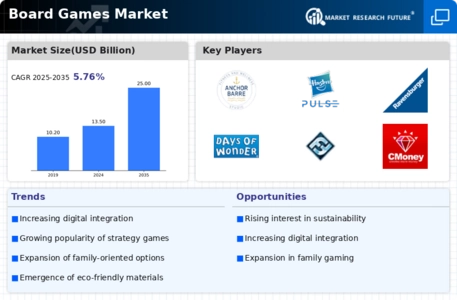
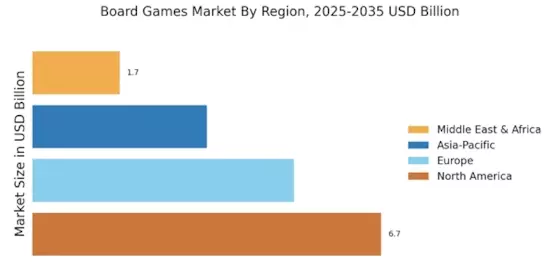
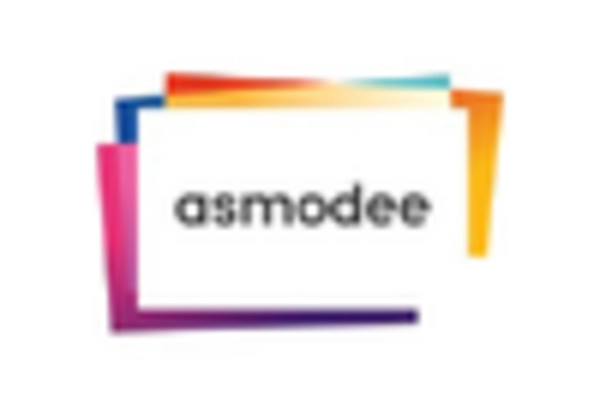


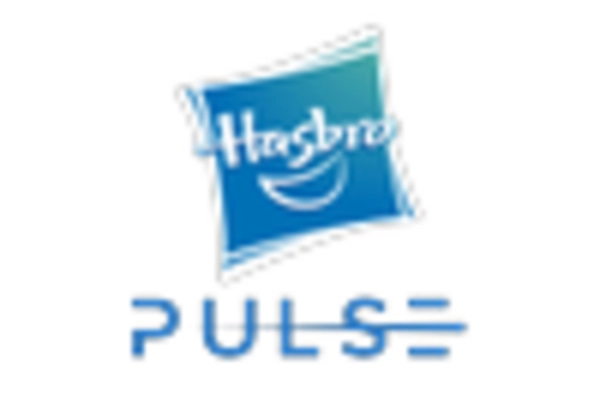

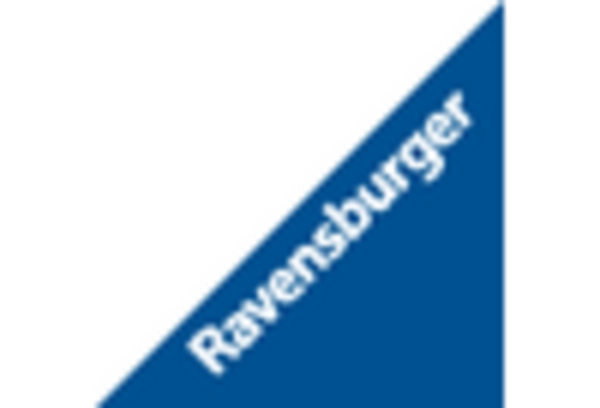








Leave a Comment